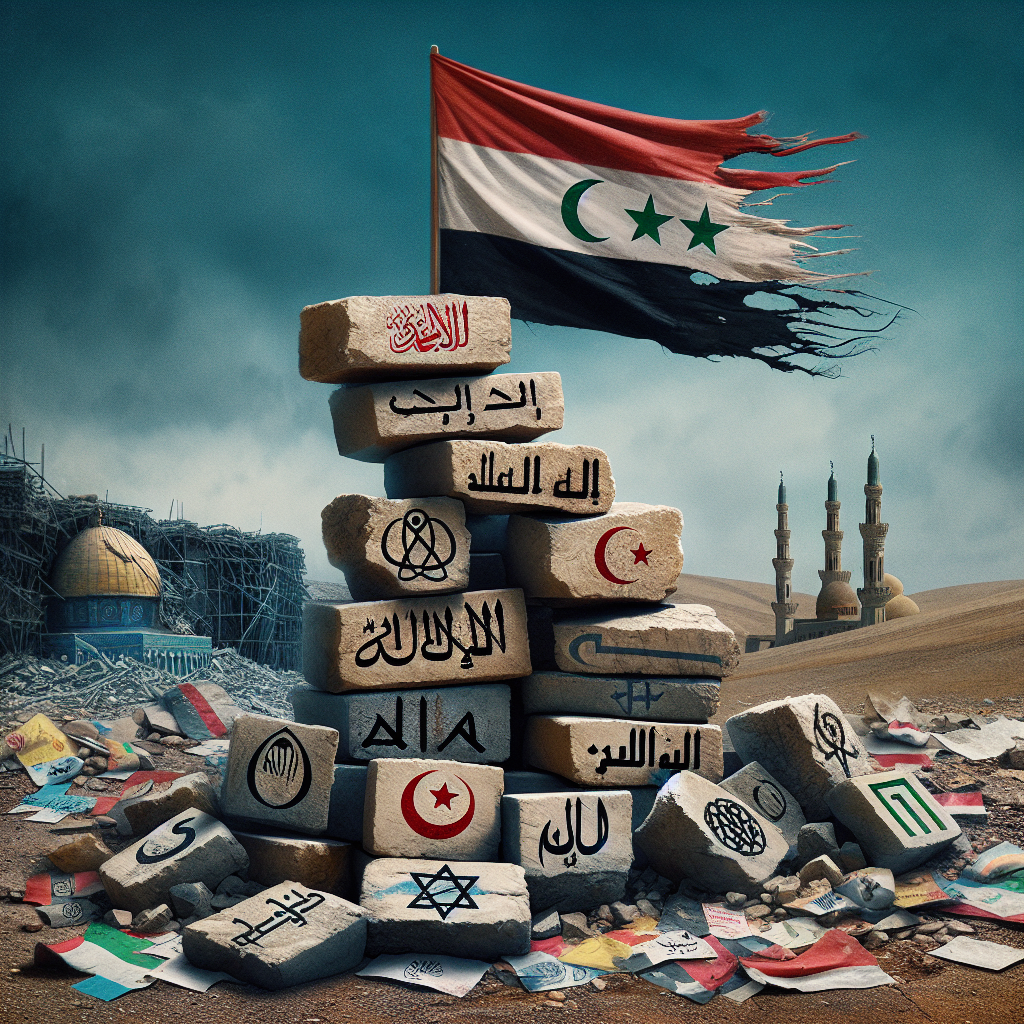Sectarian Tensions Persist Among Syria’s Druze Community After Unrest
Sectarian Tensions Persist Among Syria’s Druze Community After Unrest
Background of the Unrest
The Druze community in Syria, a religious minority, has been experiencing ongoing sectarian tensions. Recent unrest has exacerbated these issues, highlighting the community’s struggles within the broader Syrian conflict.
Key Factors Contributing to Tensions
- Political Marginalization: The Druze have long felt politically marginalized, with limited representation in the Syrian government.
- Economic Hardships: Economic instability and lack of resources have intensified grievances within the community.
- External Influences: Regional powers and external actors have been accused of exploiting sectarian divisions for their own interests.
Community Response and Actions
In response to the unrest, the Druze community has taken several actions to address their concerns and seek solutions:
- Local Leadership Initiatives: Community leaders are working to mediate tensions and promote dialogue among different factions.
- Calls for Reform: There have been increased calls for political and economic reforms to address the root causes of discontent.
- Efforts to Maintain Neutrality: The Druze have historically maintained a stance of neutrality in the Syrian conflict, striving to avoid entanglement in broader sectarian violence.
Challenges Ahead
Despite efforts to address these issues, significant challenges remain:
- Continued Sectarian Divisions: Deep-rooted sectarian divisions continue to pose a threat to community cohesion.
- External Pressures: Ongoing external pressures and interventions complicate efforts to achieve lasting peace.
- Need for Comprehensive Solutions: Sustainable solutions require comprehensive political and economic reforms at both local and national levels.
Conclusion
The Druze community in Syria faces persistent sectarian tensions exacerbated by political marginalization, economic hardships, and external influences. While local leaders are striving to mediate and promote reform, significant challenges remain. Addressing these issues requires a concerted effort to implement comprehensive solutions that foster unity and stability within the community and the broader Syrian context.

















